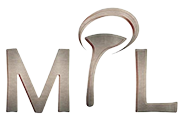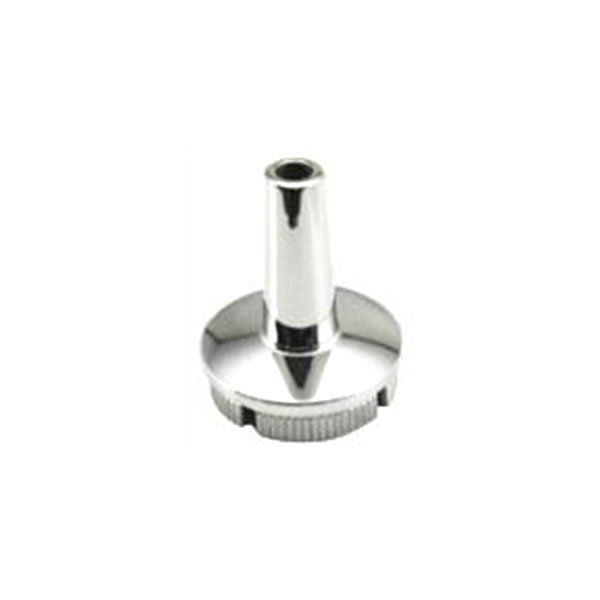Advantages of Die Casting
Jun 10,2025
Die casting (pressure casting) is a molding process that presses molten metal into a precision mold cavity at high speed to obtain high-precision, complex-shaped parts. Its core advantage lies in its high efficiency, precision, and complex molding capabilities, and is widely used in fields such as automobiles, electronics, and home appliances that require high mass production and surface quality. The following are the main advantages of die casting and typical application scenarios:
Die casting (pressure casting) is a molding process that presses molten metal into a precision mold cavity at high speed to obtain high-precision, complex-shaped parts. Its core advantage lies in its high efficiency, precision, and complex molding capabilities, and is widely used in fields such as automobiles, electronics, and home appliances that require high mass production and surface quality. The following are the main advantages of die casting and typical application scenarios:
1. Extremely high production efficiency: suitable for large-scale rapid molding
Die casting achieves short-cycle, large-scale production through mechanized mold opening and closing and high-speed injection of molten metal, which is one of the core advantages of industrial mass production.
Specific performance:
Short cycle time: The production cycle of a single part can be as low as 30 seconds to several minutes (such as aluminum alloy die castings, the fastest 30 seconds/piece), far exceeding sand casting (tens of minutes/piece) and forging (several minutes to tens of minutes/piece).
High degree of automation: It can be equipped with automated pickup, trimming, and cleaning production lines to achieve 24-hour continuous production (such as the average daily production capacity of automobile wheel hub die casting lines reaching tens of thousands of pieces).
Typical applications:
Large-volume parts such as automobile gearbox housings and motor end covers, with an annual production capacity of up to one million pieces per production line.
5G base station radiators and laptop computer shells in the consumer electronics field use die-casting technology to achieve "one mold with multiple cavities" (such as forming 4-8 parts at a time), further improving efficiency.
2. Excellent dimensional accuracy and surface quality: close to the final part state
The die-casting mold adopts precision processing (such as CNC, EDM), combined with high-speed filling of molten metal, to achieve high-precision dimensional control and smooth surface, greatly reducing the amount of subsequent processing.
Precision indicators:
Dimensional tolerance: Generally can reach CT4-CT6 level (such as aluminum alloy die-casting tolerance ±0.1mm, complex structural parts ±0.2mm), meeting most assembly requirements (such as automobile engine cylinder assembly tolerance requirements).
Surface roughness: Ra value can reach 1.6-6.3μm, close to the level of cutting processing, and can be directly used as the appearance surface (such as the metal middle frame of the mobile phone does not require additional polishing).
Advantages of no processing:
Features such as threaded holes, heat dissipation ribs, and decorative patterns can be directly formed in the mold, eliminating drilling, milling and other processes (such as direct use after die-casting of air-conditioning compressor cylinders).
For example: the bearing mounting hole accuracy of aluminum alloy die-castings can reach H7 level, and bearings can be directly assembled without secondary processing.
3. Strong ability to form complex structures: realize designs that are difficult to process with traditional processes
Die casting can form thin-walled parts, deep cavity parts, and multi-slide core-pulling structures through the complex cavity design of the mold, breaking through the shape limitations of casting, forging and other processes.
Typical structure:
Thin-walled parts: The minimum wall thickness can reach 0.5mm (such as aluminum alloy die-castings), or even 0.3mm (magnesium alloy micro-die-castings), which are used for 5G mobile phone antenna shields and LED lamp heat sinks.
Complex inner cavity: Through combined cores, hydraulic core pulling and other technologies, curved oil circuits and special-shaped airways can be formed (such as the cooling water cavity of the cylinder head of an automobile engine, which can be formed without a sand core).
Integrated design: Integrate multiple parts functions into one die casting (such as integrated mounting seat, oil channel, sensor interface of automobile steering gear housing), reducing assembly process.
Comparative advantages:
Traditional sand casting is difficult to achieve thin walls or complex inner cavities less than 2mm, and requires combined processing; forging cannot form structures with transverse holes and deep concave platforms.
PREVIOUS:






